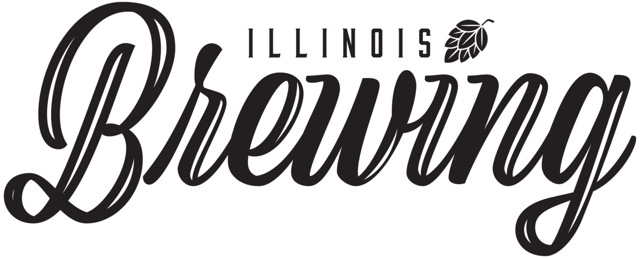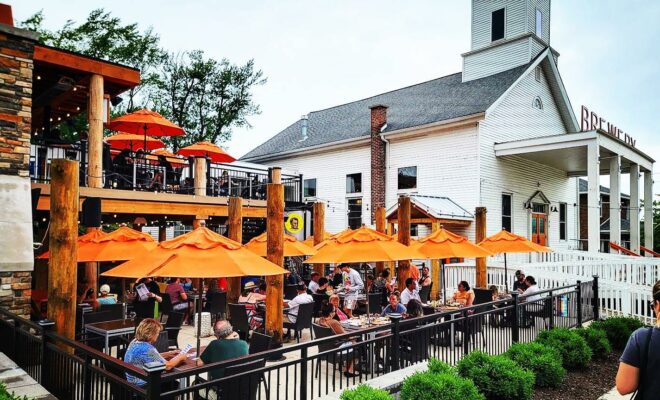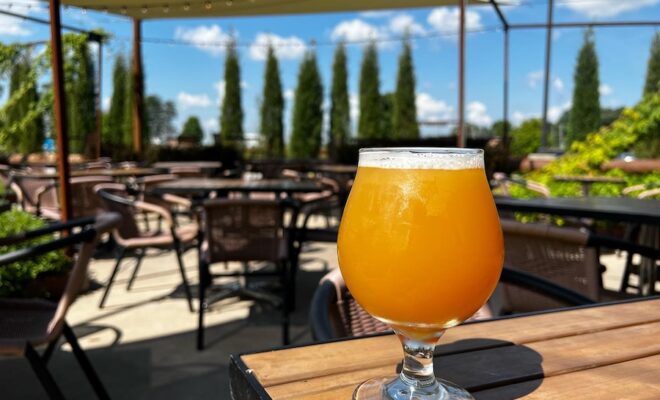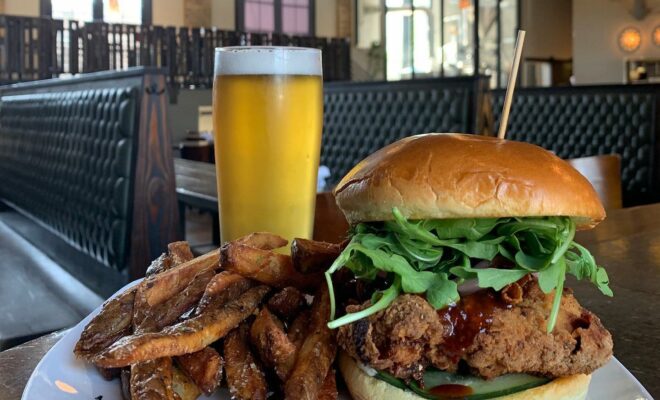Inside Scoop: The importance of drinking local — Analyzing the reasons for recent brewery closures, and what we all can do to help this proud and talented industry
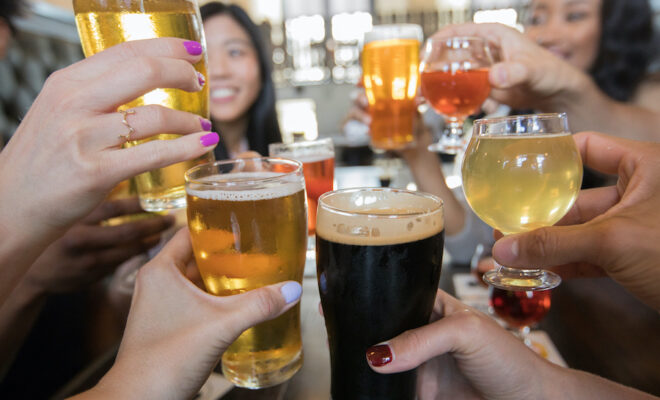
By Ray Stout
Executive director of the Illinois Craft Brewers Guild
We have all seen the news about brewery closures over the past year. There are numerous headwinds faced by the brewing industry in Illinois and dozens of unique reasons why a business would close, but I will highlight some of the most common themes.
Instead of jumping directly into causation, it is a bit easier to address the question of: “Maybe we just have too many breweries in Illinois?”
This question sounds like a very logical explanation for anyone with an understanding of supply and demand. But, our 300 breweries, although an impressive number, only ranks the state of Illinois 32nd out of 50 states when you look at breweries per capita, with a modest 3.2 breweries per every 100,000 residents above the age of 21. So no, the answer  is not an overly crowded industry. There is room for the number of craft breweries to grow in the state — and it will.
is not an overly crowded industry. There is room for the number of craft breweries to grow in the state — and it will.
Okay, now we know it is not a brewery density issue, so what is it?
First, let’s talk about the profit margins of craft beer
They are small, exceedingly small. Before the pandemic, breweries were able to build sound business plans based on stable costs of all the ingredients of beer. What we have seen since 2019, starting with the pandemic, and now exacerbated by inflation, is the costs of all beer inputs have significantly increased. Making craft beer is more expensive than ever before. While ingredient costs look to have stabilized, they remain significantly higher than pre-pandemic levels. So just raise the price, right? Well, not so fast. Most breweries realize that there is only so much a customer will pay for a pint of beer, which limits price flexibility.
The transition in beverage choice among craft drinkers has slowed the growth of the craft beer industry, especially in the retail space. Take a walk down the beer aisle in your local grocery store and you’ll see.
Consumers are turning to other products
A 2023 Harris poll of craft beer drinkers asked the important question of why they are drinking less craft beer. Almost 60 percent of respondents said they were choosing another alcoholic beverage (wine, spirits, or flavored malt beverages). This transition in beverage choice among craft drinkers has slowed the growth of the craft beer industry, especially in the retail space. Take a walk down the “beer aisle” in your local grocery store and you’ll see. While previously independent craft brands used to take up entire sections, they are now relegated to just a few shelves, with the remainder of the section allocated to products like High Noon and Hard Sunny Delight.
Trends like this tend to equalize over time, with consumers turning back to traditional beer (think of all the seltzers out there a few years ago), but brewers need to be financially able to weather this storm.
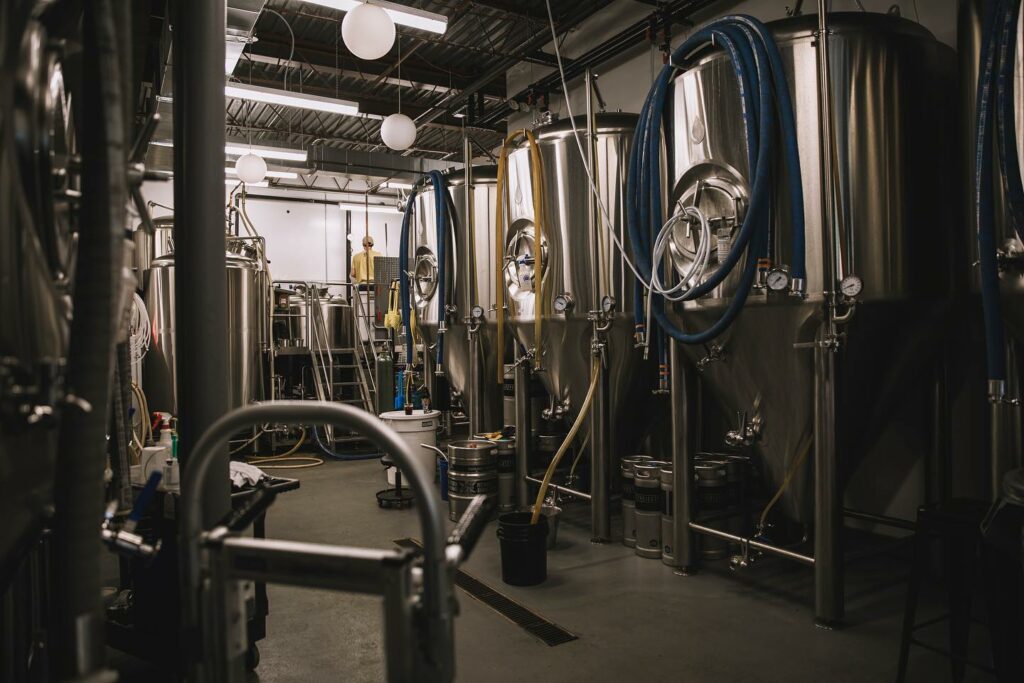
Craft Brewers took on a considerable amount of debt during the pandemic, and pandemic relief may have kept a struggling brewery viable for more time
To ensure the immediate survival of their livelihood during the pandemic, many small brewery owners were forced to take on a significant amount of debt in the form of loans. These owners saw these loans as financial opportunities to bridge a gap until a full recovery could be made from the pandemic. Unfortunately, the other side of the pandemic was one of higher costs of production and weaker craft beer sales in the retail environment, leaving many breweries unable to find a way out.
On the other side of the coin, federal and state pandemic relief funds may have offered a lifeline to small businesses that were financially struggling before the pandemic. The availability of relief funds may have offered a stopgap in terms of deferring closings to a time after those supports stopped. This may lead to an artificial spike in closing numbers, but is most likely not the case with craft breweries that, before the pandemic, were for the most part on sound financial footing.
Limitations on the amount of beer a brewer can sell directly to retailers that were set before and during the pandemic are now stymieing the growth and recovery of our industry.
Illinois alcohol law needs to be modernized!
We can all agree that the pandemic exacerbated, accelerated and helped identify fundamental problems with our society and our laws. And none is truer than with our small but mighty industry.
Limitations on the amount of beer a brewer can sell directly to retailers that were set before and during the pandemic are now stymieing the growth and recovery of our industry. Laws barring breweries from participating in events like farmers’ markets or community gatherings are inhibiting these small businesses from marketing their products to new customers. Allowing the wine industry to ship products to consumers and permitting retailers to deliver products to people’s homes while omitting brewers from both those activities is handicapping this industry and leading to Illinois breweries going out of business.
Long story short, many independent craft breweries in Illinois are struggling, even if you cannot tell by walking through their door. These small local businesses need our support, especially during the traditionally slow winter months! I look forward to seeing you at one of our taprooms soon.

